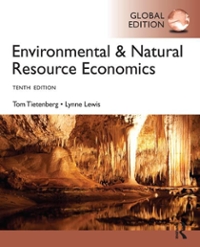Question
The government of the United States is stimulating the economy in 2021 with a package of temporary fiscal expenditure (i.e., public consumption) in addition to
The government of the United States is stimulating the economy in 2021 with a package of temporary fiscal expenditure (i.e., public consumption) in addition to what it had planned to spend at the beginning of the year. We want to know how this package affects the U.S. economy this year relative to what would have happened in the absence of the package. Assume that the interest rate, aggregate price level, expected inflation rate, and other net taxes in the U.S. are all exogenously given. In this situation, as a result of the temporary increase in fiscal expenditure (and compared to what would have taken place in its absence), the equilibrium level of U.S. GDP
In the scenario described in Questions 6 and 7 above, suppose that the size of the fiscal stimulus implemented is $400 billion and this consequent change in equilibrium income is $500 billion. This outcome is obtained under the assumption that the Fed keeps the interest rate constant. Economists at the Fed would like to know what would have happened if the interest rate would have been allowed to rise as the stimulus was implemented. They have estimated that in that case the rise in GDP would have been $200 billion rather than $500 billion. This means that without the Fed's policy of keeping interest rate constant, the fiscal stimulus would have crowded out investment and net exports by
$400 billion.
$500 billion.
$200 billion.
$300 billion.
Step by Step Solution
There are 3 Steps involved in it
Step: 1

Get Instant Access to Expert-Tailored Solutions
See step-by-step solutions with expert insights and AI powered tools for academic success
Step: 2

Step: 3

Ace Your Homework with AI
Get the answers you need in no time with our AI-driven, step-by-step assistance
Get Started


